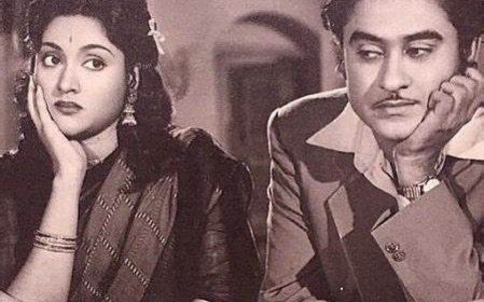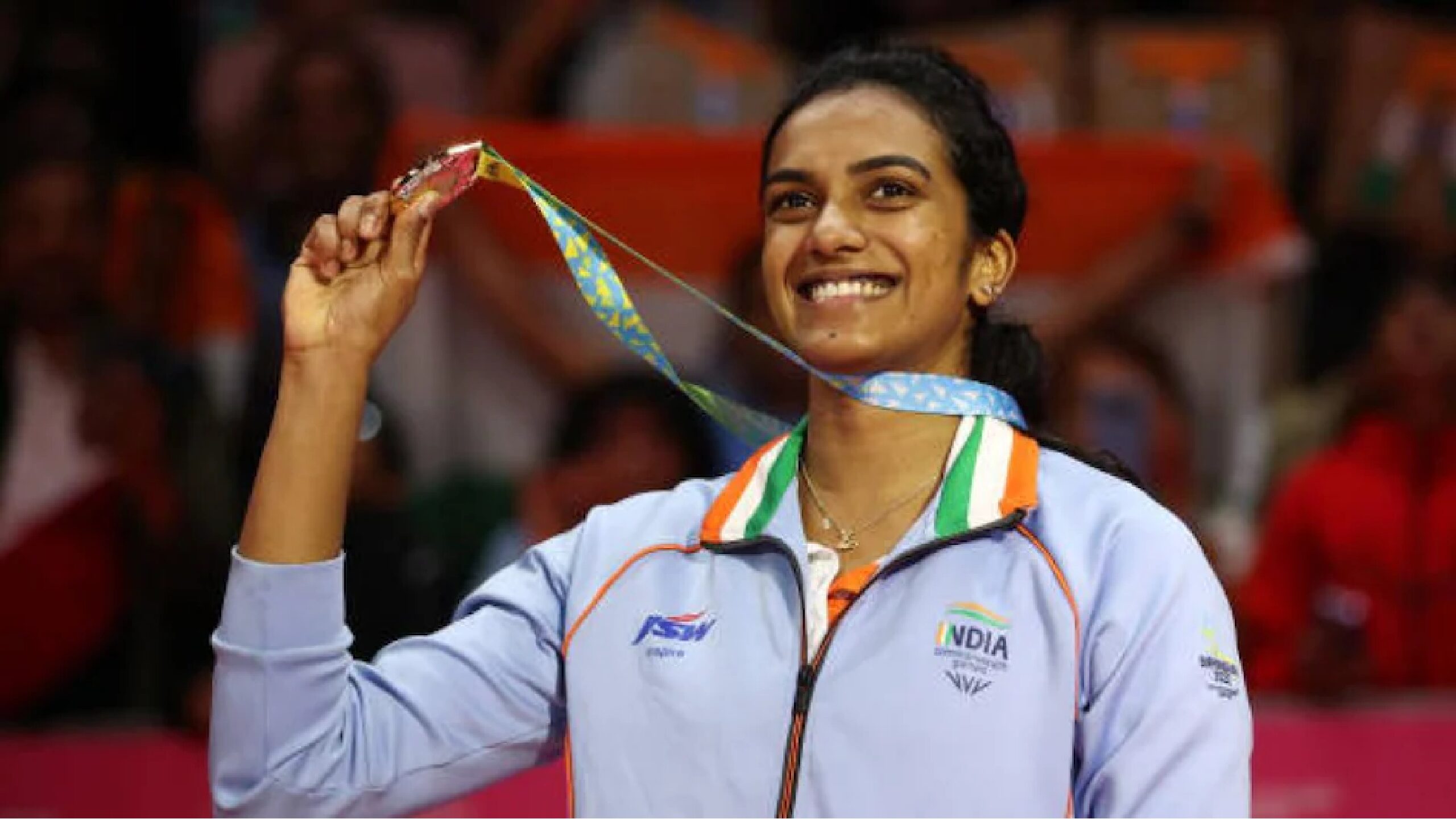Musings by Shekhar Nambiar
In the 1956 romantic comedy New Delhi, Kishore Kumar and Vyjayanthimala arrive at the impressive Delhi Main in the city’s old quarter. Strangers to each other, they quarrel over who hailed the taxi first. Kumar gives up and lets her take the taxi.
Also read: No end to a city’s woes
Kishore gave evidence of his versatility, especially through his baritone voice and ability as a Yodeller. His genius comes alive in a personal favourite Nakhrewali, an instant hit as were the other six or seven songs. The songs still ring in the ears bringing back sweet memories.

Delhi those days
He visits the railway station to receive his parents and sister. The steam engine blows the whistle as it prepares to depart amid the hustle and bustle of the railway station. Even today, Delhi Main retains its old-world charm, very much busy with trains arriving and departing. The big difference is the electric overhead wires, a sign of the changing face of modern India’s rail system.
Also read: Going beyond cricket
Located more to the centre of town, then a small three-platform station, New Delhi has since expanded to 16 platforms, with some 200 trains handled by it every day, catering for an ever-growing metropolis’s population. The city has six stations with trains terminating or departing at all times. This is not surprising as Delhi has expanded since the time of the country’s independence to a megapolis.

When the British rule ended, the capital comprised Old Delhi and a hundred square kilometres or so of New Delhi. The capital then was emerging out of the mayhem and turmoil of the partition.
The film quite vividly captures life in Delhi those days. The Boat Club, India Gate, Darya Ganj and the Red Fort are some of the landmarks. The camera captures King George V regally standing below the canopy and the well laid-out chummeries of Lodhi Colony. Kumar is turned away by house owners until he masquerades as a Tamil Brahmin and finds a decent accommodation on rent.
Without being a period film, it still is one. The slow-paced life, travel by the old Delhi Transport Undertaking (DTU) buses, the corrupt trader selling adulterated ghee and the bus stopping in front of Golcha cinema in Daryaganj are all reminiscent of the Delhi of yesteryears. True to the city’s culture in later years, the protagonist gets roughed up in the Walled City mistaken to be misbehaving with the heroine.

Romance of steam
Everything about the steam locomotive was and is romantic. The clickety clang of the wheels with the pistons working overtime to keep the momentum going, steam gushing out of valves, the whistle and the overpowering smell of steam. The turntable where the steam engine was turned by men to change the direction of the head has become a thing of the past but can still be found in some stations as a relic from the past.
It has been some decades since the era of steam engines gave way to diesel locomotives. The mid to late seventies witnessed this change as the Railways took the first steps to modernise. For die-hard rail buffs it was a sad moment.
Also read: Darkness at noon
One of the oldest trains, the Delhi-KolkataUpper India Express, through UP and Bihar, pulled by a steam loco laboriously chugged through the heartland crossing the many bridges over the Ganga. It had ceased operating the full length, plying only up to Mughal Sarai, but since 2014, has been revived and continues to ply the full Delhi-Sealdah route.
The black beauties ruled the roost since the start of the Indian Railways. From the first train run between Bombay and Poona. Drawn to its chugging and the pistons pushing the giant wheels noisily forward, steam engines had brought tears in the eyes of many a child as the beasts threw burning coal and billowed dark, polluting smoke all around.
To this day, children play with Mr Thomas the steam engine. Now, in keeping with the changing times and social media, Thomas the Tank Engine memes have become popular, prancing up and down, albeit its polluting ways have invited the wrath of activists and critics in the media. Whatever might be said, there is nothing like the romance of the steam era.
With the equally polluting diesel locomotives came another phase, a new era for the Indian Railways. They were not half as attractive or beautiful as the steam engines, yet they brought in a romance of their own. They had a thing in common with the steam engine, that of being remote from the station they leave behind until their next halt.
Also read: Flying colours
The electric locomotive has brought in a certain impersonality, with the overhead power cable always and all the time staying in contact with them. In a sense, the overhead cables are their lifeline. Should there be a power failure, the locomotive and the train come to a halt. More like a power loom stopping weaving as electricity snaps.

Diesel one last time
A travel by the Ernakulam-ShenkottaiVelankanni Express via Punaluris a must for all rail buffs for its sheer adrenaline rushing drop from the top of the ghats into the valley. The diesel loco hauling the train is in its last throes. The Punalur-Shenkottai line is being electrified and before long will put an end to the diesel-hauled train. The train is popular with pilgrims to the Christian shrine of Velankanni in Tamil Nadu.The other exciting drop is crossing the Vindhyachal into the valley below near Hoshangabad over the Narmada.
Also read: Quakes and infernos
The end of the diesel era will make the Railways happy. For long, its objective has been to move away from fossil fuels. This will seemingly have been achieved. But can much be achieved? The carbon footprint reduction will be for the policy people to calculate. The electricity has to come from somewhere. Most of it comes from coal-fired power houses, rather than through hydroelectric generation. The rivers are either drying up or there’s just not enough water, thanks toits excessive use, and changed climate and weather patterns.

Train to Valley
The exciting news is the Jammu-Srinagar rail link nearing completion, bringing Srinagar and Kanyakumari closer. Not many will have visualised the feat to be achieved. It’s been almost 25 years since work began in phases, cutting through the young Himalayan terrain and facing tectonic challenges as it wound its way from Jammu to Baramulla. Train services have started on the Jammu-Katra section as also on the Baramulla-Banihal line.
In a philosophical sense, the link will not be dissimilar to Adi Sankara’sjourney on foot northward from Kaladi in Kerala preaching Advaita Vedanta.
Also read: Recycle or perish




